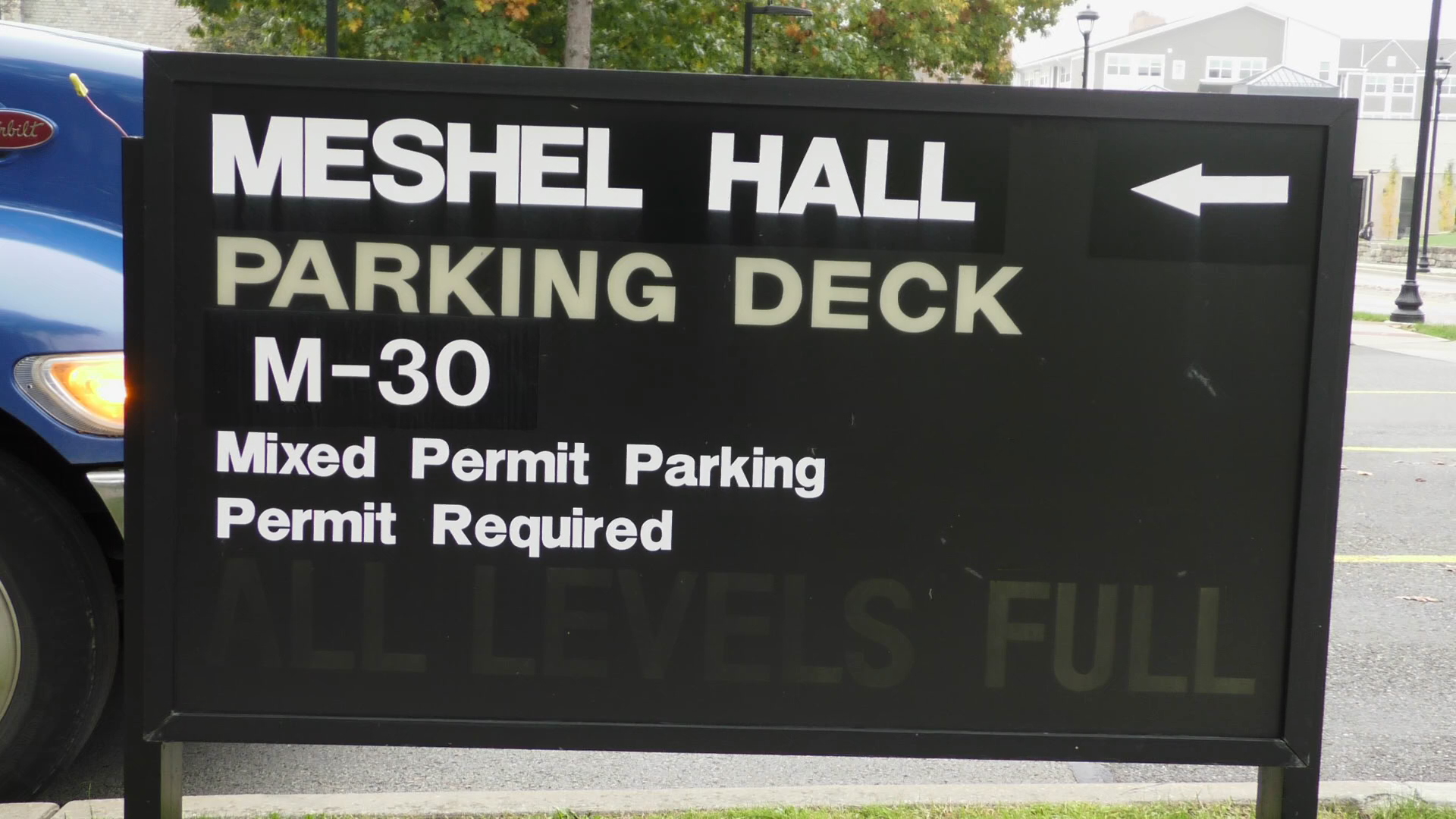By Maria Elliott
Jambar Contributor
Youngstown State University has a variety of buildings with unusual names, and many of them come from prominent individuals in Youngstown’s history.
Brian Brennan, assistant archivist and library operations supervisor at YSU, said Meshel Hall was built in the early 1980s.
Harry Meshel, the building’s namesake, was a state senator who helped obtain most of the funding for the building, according to Brennan.
He said Meshel Hall was originally intended to house the newest technology, but in the 1990s, former YSU President Leslie Cochran moved some of the university’s administrative offices there.
“The reasoning for this was they wanted to provide one-stop shopping for new students coming in, and also there was a diversification of locations where computer labs were established,” Brennan said.
He said Meshel, pronounced “Michelle,” is often mispronounced because it’s an unfamiliar name to people starting out on campus.
Bill Lawson, executive director of the Mahoning Valley Historical Society, said Meshel’s unusual name came from his family’s Greek roots and was a shortened version of “Michelakis.”
DeBartolo Hall, built in the 1970s, was originally referred to as the “arts and sciences” building, according to Lawson. It was renamed for Edward J. DeBartolo Sr., a construction magnate who built shopping malls around the country, in the mid-1980s.
Lawson also said Edward J. DeBartolo Jr., his son, bought the San Francisco 49ers in 1979, and the family is still actively involved with the team.
“[They are] a very well-heeled and ambitious family in terms of growing their business and being involved in a lot of things,” he said.
Some may wonder why YSU has two buildings on campus that bear the Beeghly family name: Beeghly Hall and Beeghly Center.
“What we have here is two generations of one family that had a role in Youngstown State University’s development,” Lawson said.
He said Beeghly Center, the older building of the two, was named for Leon Beeghly, who co-founded a company called Standard Slag. The company took slag, a waste product of iron and steel production, and used it as a base material for construction.
Lawson said Beeghly Hall was built with money from a family gift to carry on the philanthropy started by Leon Beeghly and to continue to support the university.
Beeghly’s two partners at Standard Slag are also familiar names in the YSU community —William Kilcawley and William Bliss.
Paul McFadden, president of the YSU Foundation, said Kilcawley donated the money for Kilcawley Center to ensure YSU had a student union
“Kilcawley was a vision of our institution even before we went state,” he said.
YSU became a state university in 1968, which resulted in a large infusion of state dollars and a building boom.
McFadden said state funding is a great help to the university, but he added there’s a special meaning behind buildings that come from philanthropic gifts.
“It’s really an illustration of the power of the Mahoning Valley, the philanthropic spirit of the Mahoning Valley and how much people have cared for our institution to grow through the generations,” he said.
